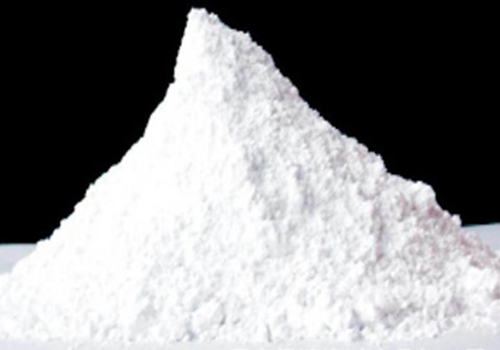

Barite is a non-metallic mineral product with barium sulfate (BaSO4) as the main component. Pure barite is white and shiny. It is often gray, light red, light yellow, etc. due to the influence of impurities and mixtures. Fairly good barite can also appear as transparent crystals. Barite sulphate mineral. The composition is BaSO4. Barium-containing minerals widely distributed in nature. Barium can be replaced by strontium isomorphism to form lapis lazuli; partially replaced by lead to form Beitou stone barite is an important non-metallic mineral raw material, which has a wide range of industrial applications.

Barite is chemically stable, insoluble in water and hydrochloric acid, and non-magnetic and toxic. Barite crystals belong to orthorhombic (orthorhombic) sulphate minerals. Often thick plate-like or columnar crystals, mostly dense block or plate-like, granular aggregates. When pure, it is colorless and transparent. When it contains impurities, it is dyed into various colors. The streaks are white. The glass is shiny and transparent to translucent. The three groups are completely cleaved, and the included angle is equal to or close to 90 °. Mohs hardness is 3-3.5, specific gravity is 4.0-4.6. Identification characteristics: plate-like crystals, small hardness, complete cleavage near the right-angle intersection, high density, no foaming in the presence of hydrochloric acid, and distinguish it from similar calcite. Barite is a non-metallic mineral product with barium sulfate (BaSO4) as the main component. Pure barite is white and shiny. It is usually gray, light red, light yellow, etc. due to the influence of impurities and mixtures. Crystallization Fairly good barite can also appear as transparent crystals.